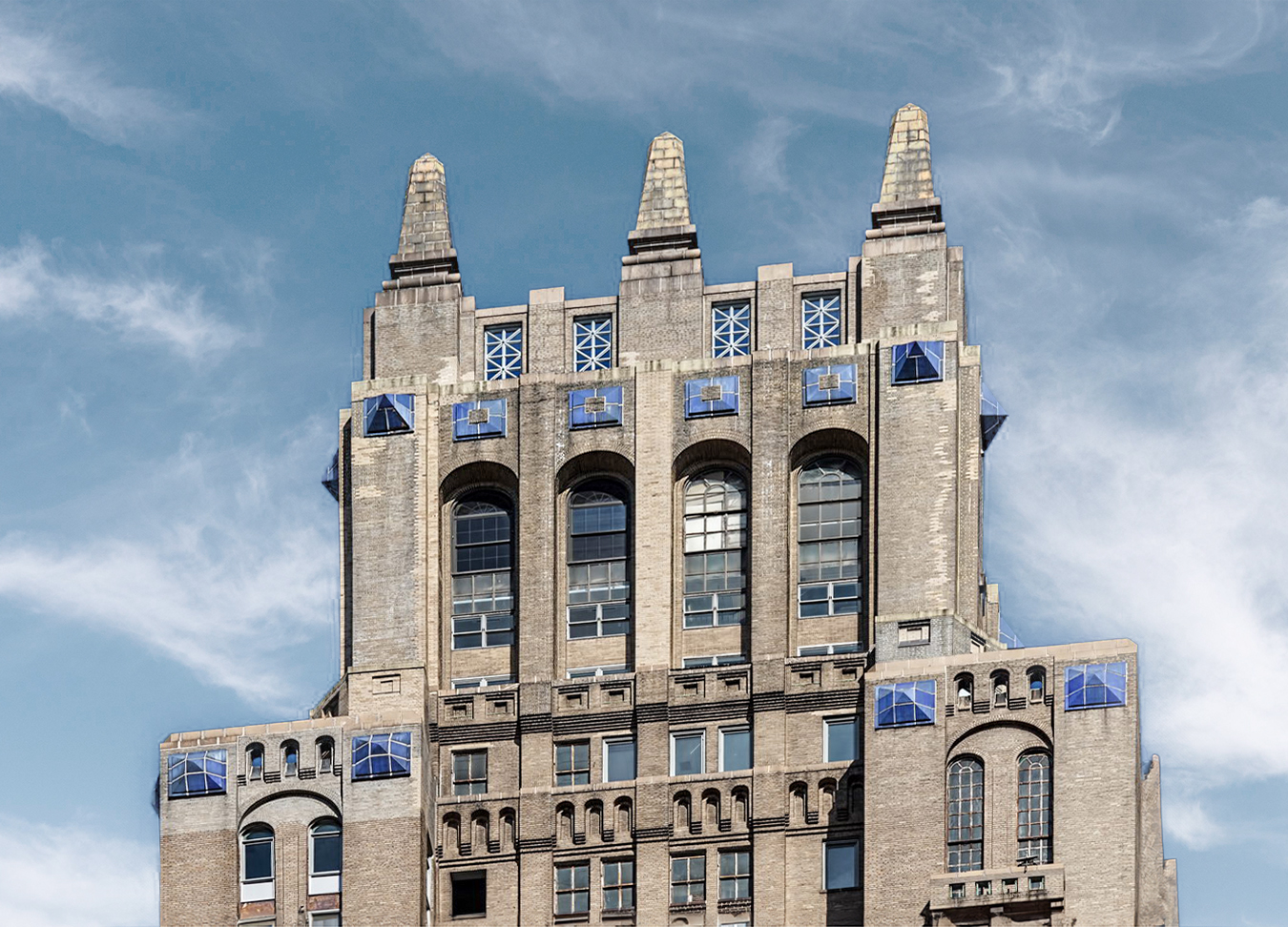The Lefcourt Colonial Building is an Art-deco skyscraper designed by Charles F. Moyer , and built between 1929 and 1930 in New York, NY.
Its precise street address is 295-297 Madison Avenue, New York, NY. You can also find it on the map here.

The Lefcourt Colonial Building is an Art-deco skyscraper designed by Charles F. Moyer , and built between 1929 and 1930 in New York, NY.
Its precise street address is 295-297 Madison Avenue, New York, NY. You can also find it on the map here.
Charles F. Moyer was the architecture firm in charge of the architectural design. But there was also one other architect involved, as far as we know. We are talking about Bark & Djorup.
That being said, architecture is a complex discipline involving many professionals from different fields, without whom this building would have not been possible. We will surely be leaving out a lot of names here, but at the very least we know that there was one other part involved, that was Abraham E. Lefcourt as the Main Developer.
The Lefcourt Colonial Building can be categorized as an Art-deco building.
The Art Deco movement flourished during the 1920s and 1930s, with many historians marking the outbreak of World War II as its final decline. Even though a couple of decades might not seem as much, the Art Deco movement had a great impact on architecture, and it's widely represented in many American cities due to the development boom that happened during that time.
Art Deco marked the abandonment of traditional historicism and the embracement of modern living and the age of the machine. In architecture, that meant leaving behind the ornaments of Beux-Arts and Neo-Gothic buildings and instead favoring simplicity and visual impact through geometric shapes, clean lines, and symmetrical designs. Ornaments were still an important part of the design, but they became bold and lavish, and were often inspired by ancient cultures or industrial imagery, instead of nature.
The Lefcourt Colonial Building was completed in 1930, right when the Art Deco movement was at its peak, so it kind of went with the trend at that time.
The Lefcourt Colonial Building reaches an architectural height of 538ft (164m), with the last accesible floor being 499ft (152m) off the gorund. It has a total of 45 floors.
Ever since opening its doors to the public in 1930, the Lefcourt Colonial Building has mainly been used as Commercial space.
The Lefcourt Colonial Building uses a frame structure made of steel columns and concrete slabs.
A frame structure uses a combination of beams and columns to sustain the building's weight. The walls in this case are non-load bearing, which allows for more flexibility when distributing the interior spaces.
The facade is a non-load bearing masonry facade. This type of facade became common during the period when buildings, especially taller ones, transitioned from load-bearing wall systems to frame structures.
Frame structures allowed facades to be independent from the building's frame, enabling the use of lighter materials and larger openings. However, it took some time for architects to incorporate these new posibilities into their designs, and so for a while they simply replicated the look and feel fo buildings people where used to seeing.

From an aesthetic point of view, the facade features limestone for the first 6 floors and bricks from there on. The tower is finished off with a series of pillars decorated with blue terracotta medallions and golden finials. Bluish-gray metal was used for the spandrels between the second and third floors, however, between the third and fourth floors the spandrels are made out of grooved stone. Last but not least, the base of the building is finished off with a stone cornice, which is also present in the balustrades of each window.
Another material found at the Lefcourt Colonial Building is metal, used in doors and shop windows frames.